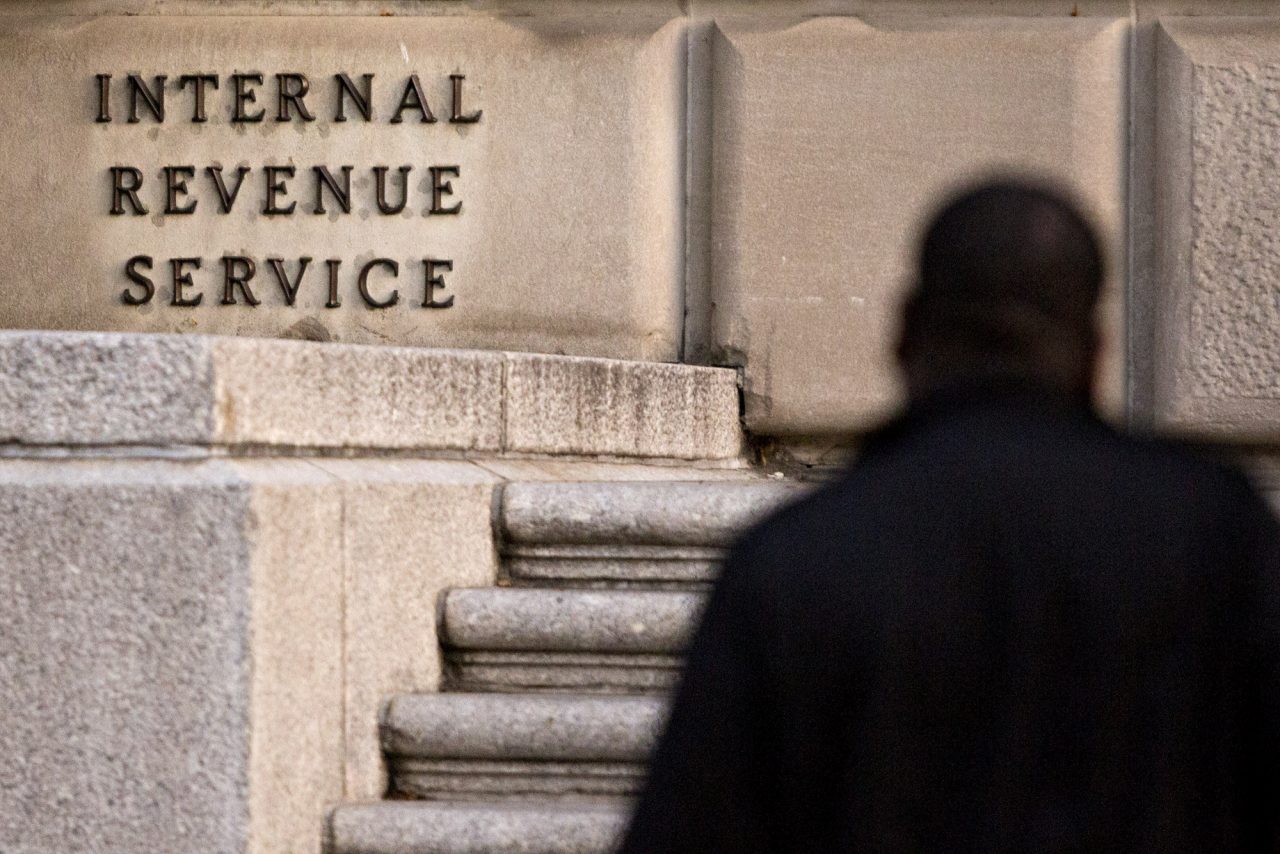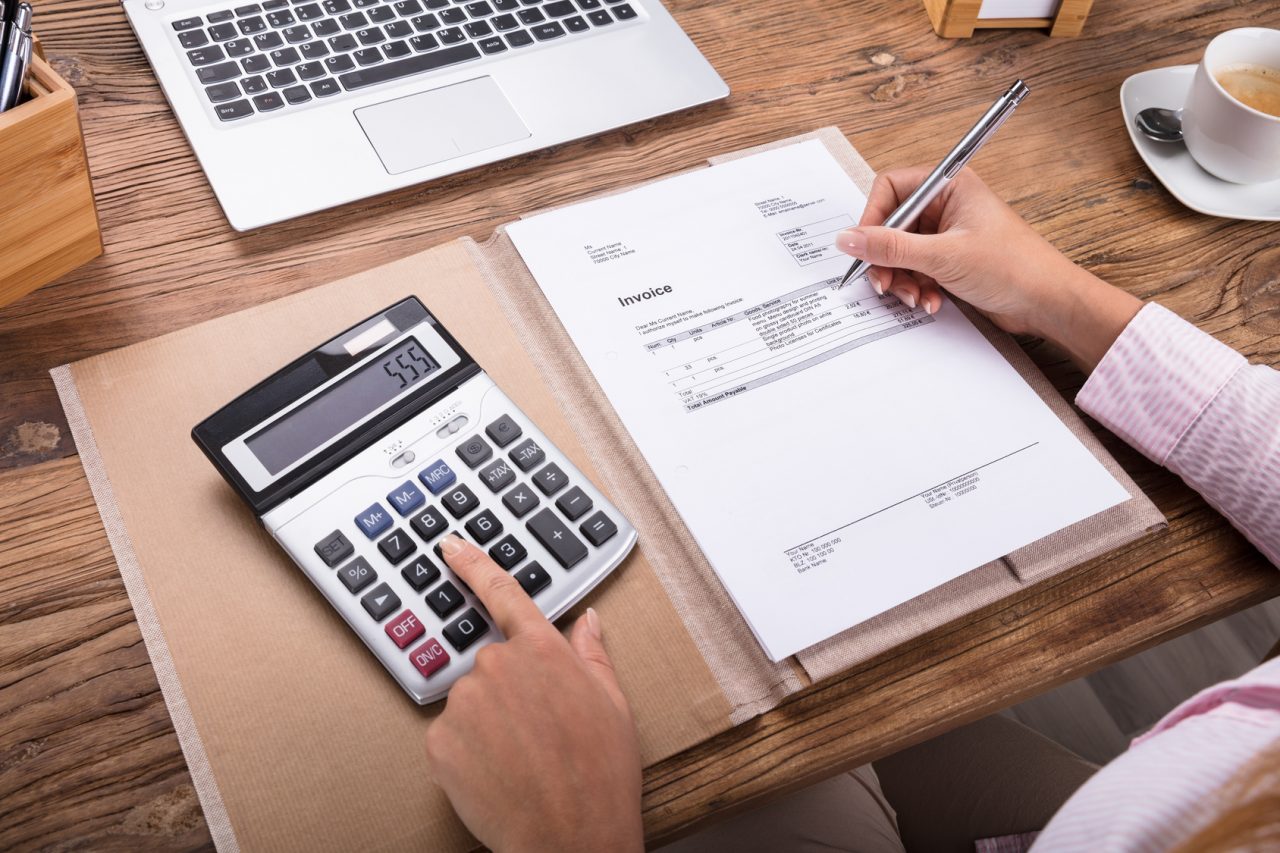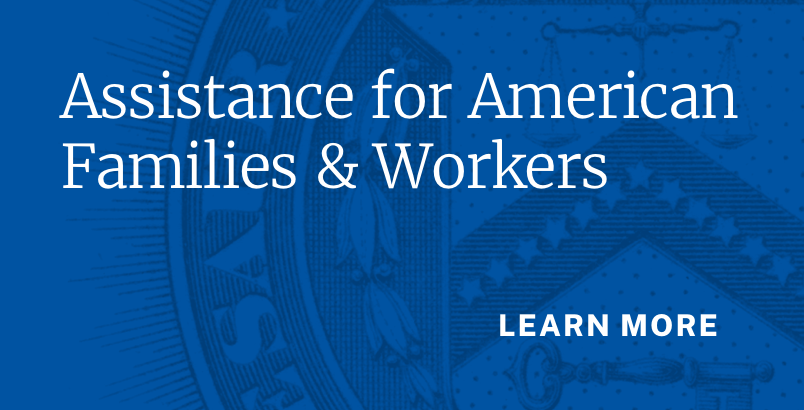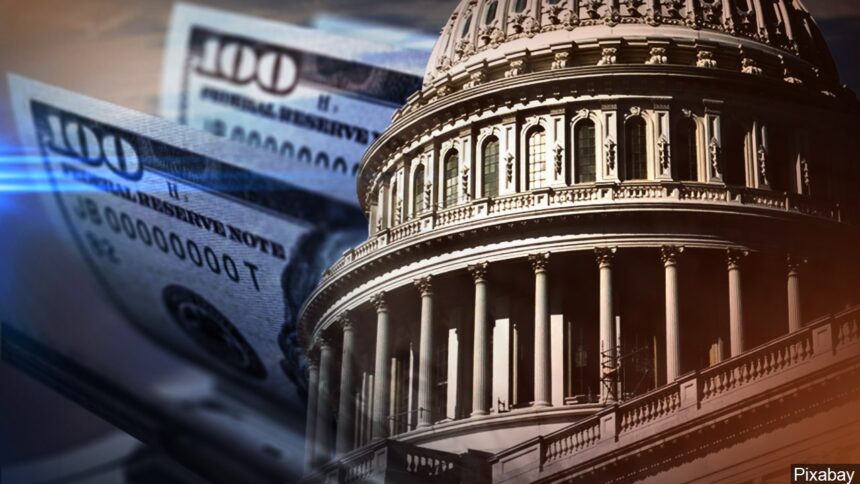IR-2021-87, April 15, 2021
WASHINGTON — The Internal Revenue Service today continued an ongoing effort to help those experiencing homelessness during the pandemic by reminding people who don’t have a permanent address or a bank account that they may still qualify for Economic Impact Payments and other tax benefits.
While Economic Impact Payments continue to be made automatically to most people, the IRS can’t issue a payment to eligible Americans when information about them isn’t available in the tax agency’s systems.
To help people experiencing homelessness, the rural poor and other historically under-served groups, the IRS urges community groups, employers and others to share information about Economic Impact Payments and help more eligible people file a tax return so they can receive everything they’re entitled to. IRS.gov has a variety of information and tools to help people receive the Economic Impact Payments.
“The IRS has been continuing to work directly with groups inside and outside the tax community to get information directly to people experiencing homelessness and other groups to help them receive Economic Impact Payments,” said IRS Commissioner Chuck Rettig. “The IRS is working hard on this effort, enabling millions of people who don’t normally file a tax return to receive these payments. But we need to do more, and we appreciate all the help we’ve been receiving from national and local groups to assist in this effort to reach the people who desperately need this help.”
Economic Impact Payments, also known as stimulus payments, are different from most other tax benefits; people can get the payments even if they have little or no income and even if they don’t usually file a tax return. This is true as long as they have a Social Security number and are not being supported by someone else who can claim them as a dependent.
The IRS needs information from people who don’t usually file a tax return – even if they did not have any income last year or their income was not large enough to require them to file. The only way for the agency to have that information is for people to file a basic 2020 tax return with the IRS. Once that return is processed, the IRS can quickly send stimulus payments to an address selected by the eligible individual. People do not need a permanent address or a bank account. They don’t need to have a job. For eligible individuals, the IRS will still issue the payment even if they haven’t filed a tax return in years.
People in this group can still qualify for the first two Economic Impact Payments when they file their 2020 return by claiming the Recovery Rebate Credit. There’s a special section on IRS.gov that can help: Claiming the 2020 Recovery Rebate Credit if you aren’t required to file a tax return. For the current third round of payments, people who are experiencing homelessness usually qualify to receive $1,400 for themselves. If they are married or have dependents, they can get an additional $1,400 for each of their family members.
Filing a 2020 federal income tax return that provides very basic information about the person is something that can be done electronically using a smartphone or a computer. When the IRS receives the return, it will automatically calculate and issue the Economic Impact Payments to eligible individuals.
Permanent address not required
People can claim an Economic Impact Payment or other credits even if they don’t have a permanent address. For example, someone experiencing homelessness may list the address of a friend, relative or trusted service provider, such as a shelter, drop-in day center or transitional housing program, on the return filed with the IRS. If they are unable to choose direct deposit, a check or debit card for the tax refund and the third Economic Impact Payment can then be mailed to this address.
Individuals experiencing homelessness can receive the EITC
A worker experiencing homelessness can get an Earned Income Tax Credit (EITC). To get the credit, federal law requires that a worker live in the U.S. for more than half of the year and meet other requirements. This means living in a home in any of the 50 states or the District of Columbia. Therefore, individuals experiencing homelessness, including those who reside at one or more homeless shelters, can meet that requirement.
No bank account? No problem
Many financial institutions will help a person lacking an account to open a low-cost or no-cost bank account. Individuals who open accounts will then have an account and routing number available when they file and claim a direct deposit of the Economic Impact Payment.
Visit the Federal Deposit Insurance Corporation (FDIC) website for details, in both English and Spanish, on opening an account online. Among other things, people can also use the FDIC’s BankFind tool to locate a nearby FDIC-insured bank. In addition, BankOn, American Bankers Association, Independent Community Bankers of America, and National Credit Union Administration have all compiled lists of banks and credit union that can open an account online.
For veterans, see the Veterans Benefits Banking Program (VBBP) for access to financial services at participating banks.
For those with a prepaid debit card, they may be able to have their refund applied to the card. Many reloadable prepaid cards or mobile payment apps have account and routing numbers that can be provided to the IRS. Individuals would need to check with the financial institution to ensure the card can be used and to obtain the routing number and account number, which may be different from the card number.
File for free
The fastest and easiest way to claim the 2020 Recovery Rebate Credit and Earned Income Tax Credit (EITC) or to get the third Economic Impact Payment is to file a return electronically using IRS Free File. People can use a smartphone or computer to visit IRS.gov and click the File Your Taxes for Free link.
Through the Free File system, anyone who qualifies for the EITC also qualifies to use brand-name software to prepare and electronically file their return for free. The IRS urges anyone experiencing homelessness who has a smartphone or access to a computer to take advantage of this service.
Get free help from IRS partners
Alternatively, anyone who qualifies for the EITC or does not have a filing requirement but is filing to get an Economic Impact Payment also qualifies for free tax help from a trained community volunteer tax preparer. Through VITA (Volunteer Income Tax Assistance) and TCE (Tax Counselling for the Elderly), volunteers prepare basic tax returns at thousands of tax help sites nationwide.
Please note that some VITA/TCE sites are not operating at full capacity and others are not opening this year. To find the nearest location, visit the Free Tax Return Preparation site on IRS.gov, or call 800-906-9887. VITA/TCE site availability is updated throughout the filing season, so check back if there aren’t any sites listed nearby.
The IRS also continues to work extensively with community groups across the country to get people to file tax returns and receive all the Economic Impact Payments and credits they’re entitled to. These efforts helped lead to more than 8 million people last year to submit tax returns who normally don’t file.
Direct deposit speeds payments
Direct deposit is the safest and fastest way to receive a refund and Economic Impact Payments. People will need to include direct deposit information on their 2020 tax return to get their payment directly deposited.
Anyone with a savings, checking, or brokerage account can choose to have their refund electronically deposited in that account. Direct deposit is available even for people who file a paper tax return, but processing of paper returns takes longer.
More details on the Earned Income Tax Credit
For people experiencing homelessness who have a job, filing a return often carries an added bonus—getting a refund based on various tax benefits, especially the EITC for low-and moderate-income workers and working families.
Like many other workers, some workers experiencing homelessness still qualify for the credit even if they earned too little income during 2020 to owe tax. For 2020, the income limit is $15,820 for singles with no children ($21,710 for couples with no children). The income limit is higher for people with children. For example, the limit is $50,594 for singles with three or more children ($56,844 for couples with three or more children). Those who make less than this amount must also meet other eligibility requirements.
Because it’s a refundable credit, those who qualify and claim the credit could pay less federal tax, pay no tax, or even get a tax refund. The EITC can put up to $6,660 into a worker’s pocket. The amount varies depending upon the worker’s income, marital status, and other factors.
The IRS recognizes that eligible workers experiencing homelessness often encounter unique challenges not faced by other people.
To find out if they’re eligible, people can use the EITC Assistant on IRS.gov. It’s available in both English and Spanish.
Help spread the word
Employers can help by making their employees aware of the third Economic Impact Payment, 2020 Recovery Rebate Credit and Earned Income Tax and Child Tax Credit, and by encouraging them to file for these benefits based on tax year 2020 rules. In addition, the American Rescue Plan, enacted in March 2021, expands EITC and the Child Tax Credit benefits for the 2021 tax year.
Some people will be able to get advance payments of the Child Tax Credit later this year. There is nothing those who qualify need to do at this point other than file a 2020 tax return.
Employers can also help by making it easy for employees to obtain or access their 2020 W-2 forms. For more information, check out the outreach material, available on IRS.gov.
Source: IRS – IR-2021-87, April 15, 2021





